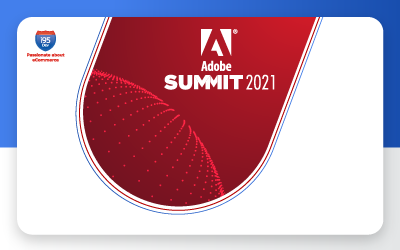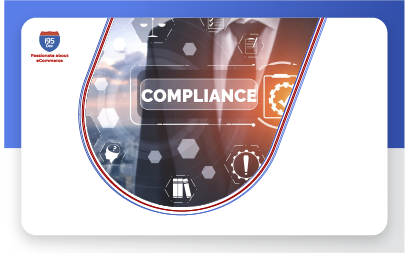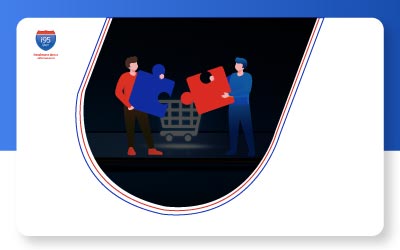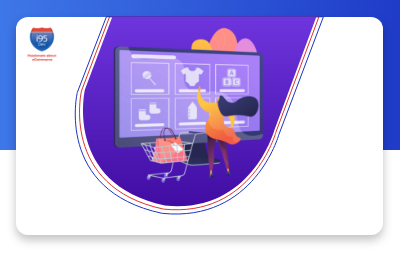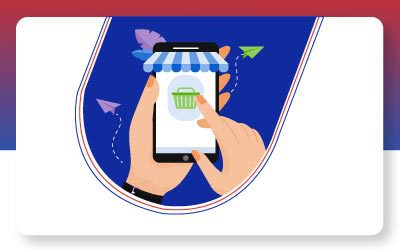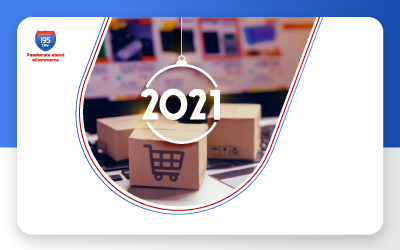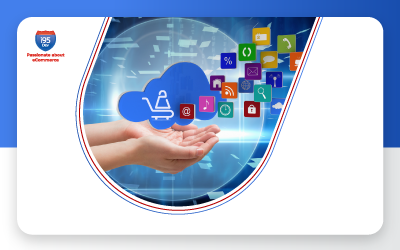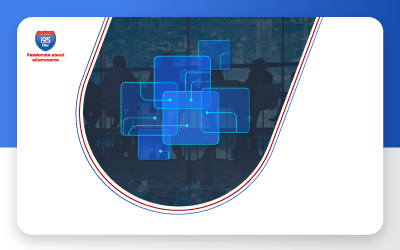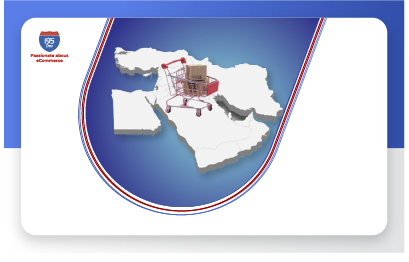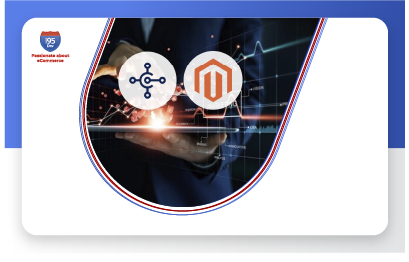Online ecommerce stores are no different; they have come a long way from being only a medium to purchase to a medium to build customer engagement and experience, and content plays an important role in that. But, it is important to understand that when we say content we are not just referring to the information that you provide; but to the entire package which includes relevancy of content, the presentation (image, video, text, info graphic, etc.) and the medium (website, blog, social media, etc.).
Here we discuss few things that you must take care of when working on content for your ecommerce store.
Have Specific Plan for Pages
Each page has its own purpose. Top-level category pages will have a different purpose than product pages and they all center on the user and the shopping experience. The purpose of a top level page might be to enable the user to find and select the product they would like to buy easily, but the secondary page’s purpose might be to provide them information to engage with the brand. So the content you provide must be designed and writer keeping the need in mind while ensuring that you don’t end up confusing them.
Use Alternate Media (Images and Videos) Effectively
When almost similar products and services are sold everywhere, the company that manages to catch and retain customer attention over time is the leader of the market. Considering short attention span visitors have today it is important to use mediums which can convey your message easily and quickly; and images and videos play a very important role in that.
Consider Where the Content will be consumed
As per Forrester Research report for 2013, 21% of online retail purchases were made through smartphones or tablets. Today, mobile customers are likely accessing content while they are on the go. With retail businesses getting more competitive day by day and online shoppers becoming more fickle, the demand needs to be satisfied promptly and entirely to gain customers’ confidence. Catering to their particular demands means optimizing the content and layout to provide a seamless user experience regardless of the choice of device. Best practice is to enable the customers to scan through the visual content and get the key message quickly, before they lose attention.
Use Whitespaces
Whitespaces, also known as negative spaces, are one of those little things that can make a huge impact. Rather than striving to fill up every inch of your page with content, give your existing content some breathing space. There’s no need to add something just to fill space as it can end up only serving as a distraction.
Call to Action
Content is only the first part of the story which you can use to catch your visitors attention. But we often advise our customers to not stop there because content alone will only attract visitors to your website but might do little to help convert those visitors into customers.
Through a research it was found that when customers come across some a product on social media or other channel, they don’t stop there. They expect the brand to allow them to make it very convenient for them to purchase the product directly just by clicking on it. If that option is not available, then it’s a lost opportunity for the retailer. So it is important to not just stop at the content but also consider what you would like your visitors to do when they see the content and have appropriate call to actions in place.
Let your Customers Contribute to Content
Customers always want to buy from a brand they associate with and letting your customers contribute is a very effective way of doing that. There are two advantages of that, one it allows customers to build positive brand association and two it helps drive more customers because it gives customers confidence when they find others who have used your product/ service and have a good experience. So allow your customers to contribute by sharing on social media, writing product reviews, How-Tos, etc.




